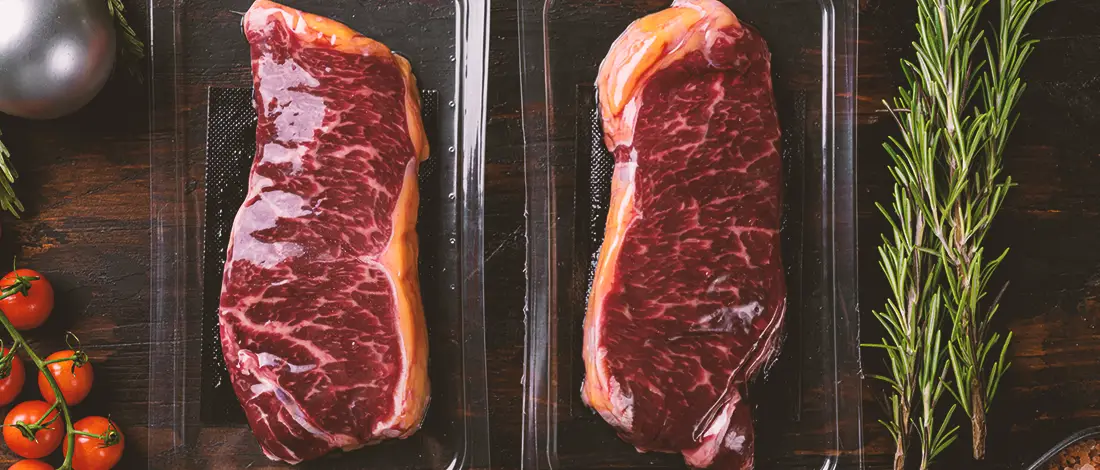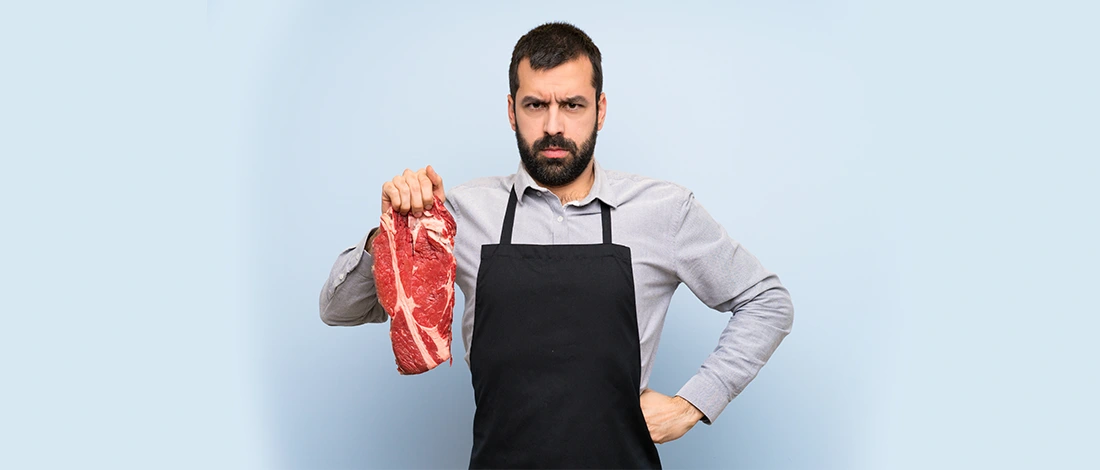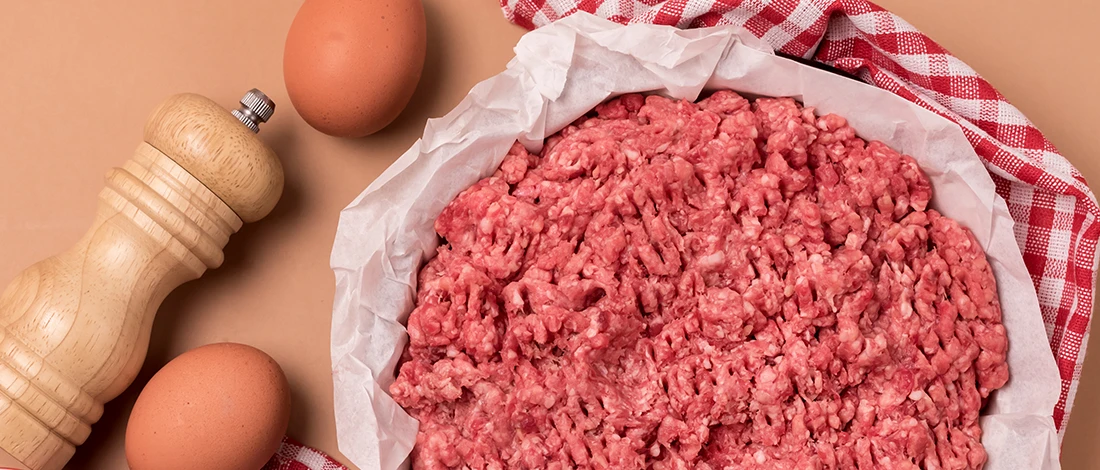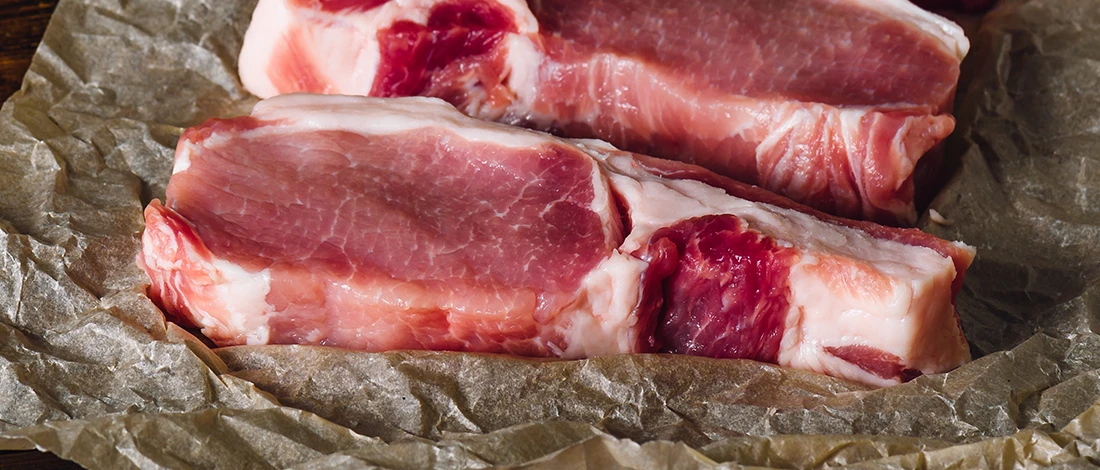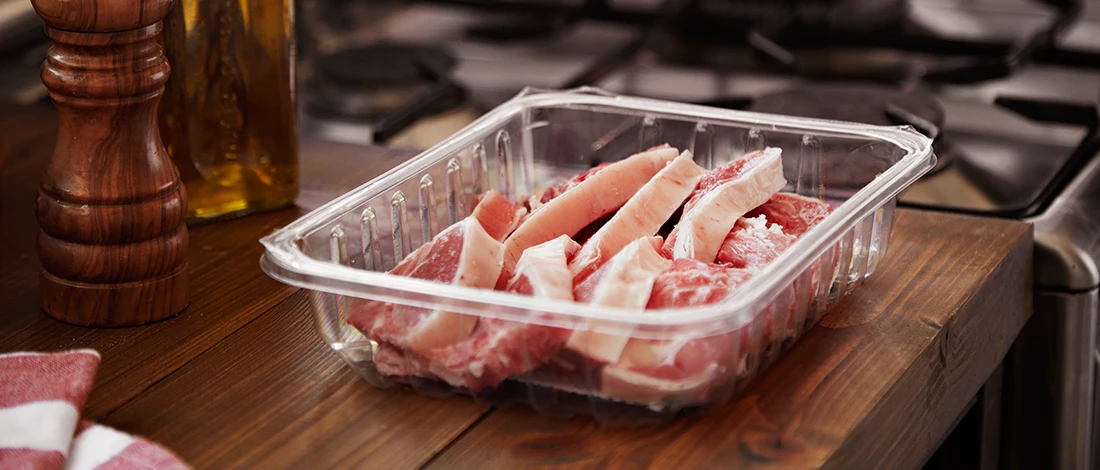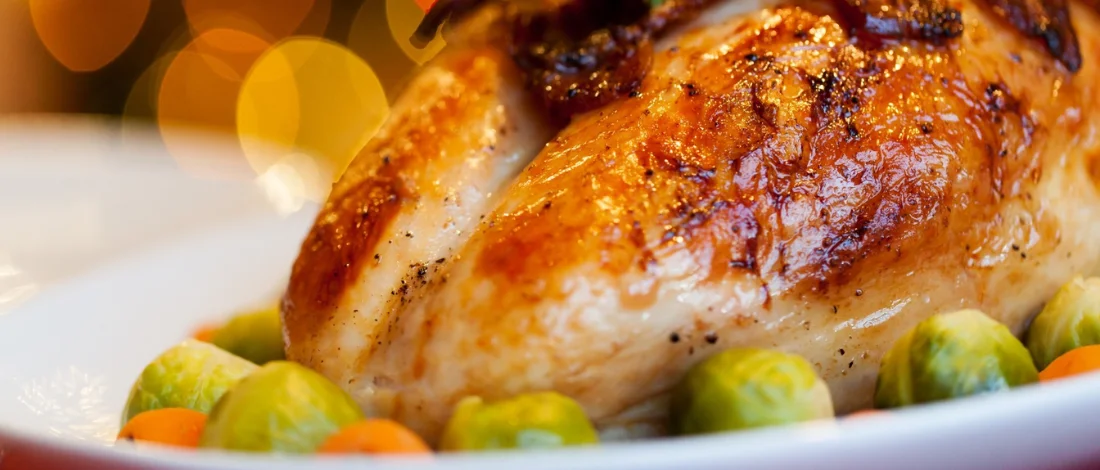Since I started using vacuum-sealed bags a few years back, I have had my fair share of spoiled food, and I’m confident there are more disadvantages to vacuum-sealing food than meets the eye.
At Carnivore Style, our team has tested and researched vacuum-sealing methods extensively to ensure your meat stays fresh for longer and to help you avoid common pitfalls.
We also checked what the USDA and the WHO said about keeping food in a vacuum.
Here’s what we found.
Quick Summary
- The disadvantages of vacuum-sealing food include the risk of anaerobic bacteria growth, the potential for plastic poisoning, and the inability to seal liquids effectively.
- Not all foods are suitable for vacuum sealing, such as soft cheeses, onions, garlic, green vegetables, raw mushrooms, and raw bananas.
- The cost of vacuum sealing equipment and bags can be high, making it an expensive method for preserving food.
7 Disadvantages of Vacuum Sealing Food
When you vacuum-seal food, a lot of things can go wrong. Here are some of the bad things you can expect.
1. Vacuum Bag Disadvantages
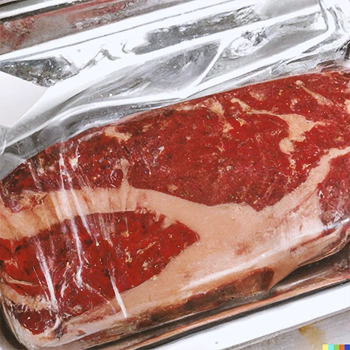
You can’t vacuum seal without vacuum sealing bags. Unfortunately, there are many disadvantages to these bags.
If you have a manual or an automatic vacuum sealer, you’ll need unique bags that are thicker and sturdier than regular plastic bags. You can’t use plastic bags that aren’t vacuum-rated.
That means you have to buy a vacuum sealing bag, which is an additional expense.
Another disadvantage of the vacuum-sealed bag is that not all of them are reusable.
In fact, there are three kinds of vacuum storage bags:
- Non-reusable bags — Most commonly used. These are single-use bags without zipper closure.
- Resealable, non-reusable bags — Also single-use bags but have a zipper closure.
- Semi-reusable — Can be used multiple times. These have a zipper closure and are used with a manual air-removing pump. However, most of these don’t last long, as the zipper tends to break.
2. Anaerobic Bacteria Growth
Many believe that keeping foods in a vacuum prevents bacteria growth because there’s no oxygen or moisture.
However, some bacteria, such as anaerobic bacteria, thrive in environments with low oxygen levels [1]. This bacteria produces toxins that can cause food poisoning and even death.
“Some harmful bacteria that only grow in air-free setting can grow much better and faster in vacuum-sealed products than if they were not vacuum sealed. Unlike bacteria that spoil food, disease-causing bacteria may not change the color or look of the food.”
- University of Minnesota
Moreover, it can be difficult to notice the change in vacuum stored foods, so vacuum sealing foods doesn’t guarantee safe food.
3. Not All Food Can Be Vacuum Sealed
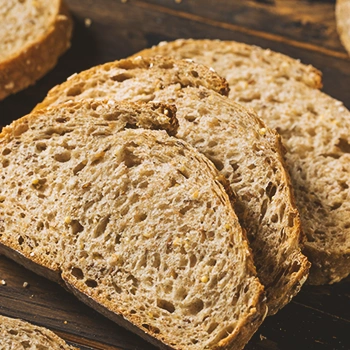
There are some kinds of food you shouldn’t vacuum seal because they encourage the growth of bacteria. These are mostly soft and spongy foods, such as bread and cakes.
Vacuum sealing foods removes air from inside the bag. Because there aren’t any air pockets between soft and spongy foods, their structure collapses, and they are crushed.
Many leafy vegetables also shouldn’t be vacuum sealed. They also end up crushed or bruised and decompose quickly.
Here’s exactly which foods to avoid vacuum sealing:
- Soft cheese — Such as Brie, goat, mozzarella, and blue cheese, tend to mold in vacuum bags.
- Onions and garlic — Emit gasses if placed in a vacuum bag while raw. The gas inflates the vacuum bag and can create leaks, so they spoil fast.
- Green vegetables — Such as cabbage, broccoli, cauliflower, arugula, and kale. These also emit gasses, so you have to blanch and cool them before sealing.
- Raw mushrooms — Decay faster when in vacuum packing because they ripen faster if vacuum sealed. This also means they root faster in a vacuum as well.
- Raw bananas — Like mushrooms, they ripen faster and have a shorter shelf life in a vacuum bag.
4. Food Can Spoil
Vacuum sealers remove oxygen from the bag, which can keep food safe. However, this can also speed up the spoiling process.
Vacuum sealing food makes nutrients in the food break down because it speeds up oxidization, so some food (including frozen food) has a shorter shelf life than others when vacuum sealing.
Moreover, vacuum-sealing food isn’t healthy. That is especially true for meat and fish because it’s difficult to destroy any bacteria in the package.
The rule is you should avoid vacuum-sealing fresh produce because the natural enzymes break them down, and you’ll be left with mush [2].
5. Dangers of Plastic
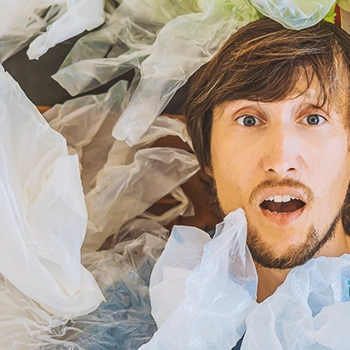
You are risking plastic poisoning when vacuum-sealing foods. Even though vacuum sealing can extend some foods’ shelf life, the plastic passively contaminates food. Plastic merges with food over time and contaminates it.
For example, Bisphenol-A is a hazardous chemical substance used to make vacuum-sealing bags. This chemical substance can cause an imbalance of Estrogen hormone, resulting in fertility issues [3].
The longer your food remains in the vacuum, the higher the chance you’ll be exposed to plastic poisoning. One way to deal with this issue is to use new bags for each vacuum sealing.
Also Read: What Is the Plastic Thing in Turkey?
6. Leaking of Liquids
Another point on the list of disadvantages of vacuum sealing food is that vacuum bags and vacuum sealers can’t effectively seal liquids.
The bag needs to be sealed before the liquid reaches the sealing point. If the fluids reach the sealing point during the sealing process, your bag won’t seal properly.
Also, if you notice liquid rising to the top of the bag, it’s probably been sucked into the vacuum sealer and will cause damage.
7. The Cost
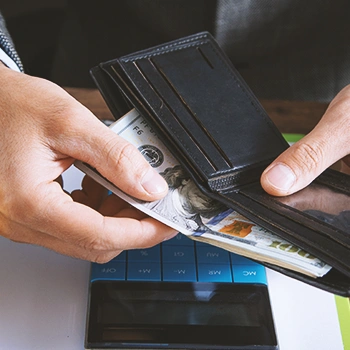
The final disadvantage of vacuum sealing food is the cost. I talked about the importance of using new vacuum bags and avoiding reusing old ones too often.
This means vacuum bags are an ongoing expense when vacuum sealing food.
Another big expense is vacuum sealers, whose price goes from a hundred to several hundred dollars for more high-end ones.
If you have large vacuum bags, you’ll have to shell out money for a larger sealer, as the affordable ones usually only work with small bags.
Dealing With the Disadvantages of Vacuum Sealing Food
There are several things you can do to minimize the disadvantages of vacuum sealing food:
- Buy storage bags in bulk or on sale — This is one way to cut down on the expense of sealing food. Store vacuum and plastic bags in a dry and dark place and use them as needed.
- Cook vegetables before vacuum sealing — Cooked fruits won’t emit ethylene gas and will have a longer shelf life. You should also blanch veggies before vacuum sealing to preserve their enzymes.
- Wash the fruits and veggies— Remove the dirt from roots of veggies such as mushrooms to reduce the risk of botulism and food poisoning [4].
Tips on Vacuum Sealing Food

Follow these tips to keep vacuum sealing food safe during the whole process:
- Clean all the vacuum sealing utensils (bags, cutting board, vacuum sealer, and anything else you use).
- Wash your hands before vacuum sealing.
- Avoid touching food with your bare hands. Instead, use gloves to extend food’s shelf life.
- Label the type of food and vacuum sealing date so you know when to use it.
- Keep sealed foods in the fridge or freezer. Some dry foods, such as nuts, can be kept at room temperature.
- Ensure there’s no damage to the seal.
- Check the sealed foods during the first 24 hours. If you notice the seal is broken, reseal it straight away to prevent air entry.
- Low acid vacuum-sealed foods, such as soy, fresh vegetables and fruits, and herbs should be kept in the freezer and eaten immediately after reheating.
Related Articles:
FAQs
Can You Get Botulism From Vacuum Sealing?
You can get botulism from vacuum sealing. This happens when low-acid foods are packed in an air-free environment.
How Long Will Vacuum-Sealed Food Last?
Vacuum-sealed food will last for 2 to 3 years if frozen or six months to a year if not frozen. Foods can last for up to two weeks if stored in the fridge.
Can I Vacuum Seal Rice?
You can vacuum seal rice. In the fridge, white rice that’s been vacuum sealed can last up to 30 years.
At Carnivore Style, we’re passionate about helping meat lovers preserve the best cuts in the best possible way. If you’re serious about storing your meat properly, we recommend checking out our guides for more expert tips on vacuum-sealing and food safety.
References:
- https://www.who.int/news-room/fact-sheets/detail/botulism#:
- https://www.researchgate.net/publication/227660000_Effects_of_vacuum_packaging_on_the_physical_quality_of_minimally_processed_potatoes
- https://pubmed.ncbi.nlm.nih.gov/21605673/
- https://www.who.int/news-room/fact-sheets/detail/botulism#


